Students will learn about 3D printing in medicine through the exploration of prosthetic arms and hands. Once the students are introduced to the company E-NABLE and to how their prosthetics work, they will be learning about CAD, drawing, and dimensioning. Collectively using what they’ve learned, they will be tasked with designing their own prosthetic finger.
Students will:
- Identify various applications of 3D printing in medicine
- Analyze the anatomy of a prosthetic arm, hand, and finger
- Design and build their own prosthetic finger
- Advance their TinkerCAD skills
- Understand drawing and dimensioning
- Apply client details to their own prosthetic design
Carousel
Carousel-
Lab time commitment
100-115 minutes (including 50-minute intro video)
-
Lab materials
Digital materials only
-
Live Q&A session and wrap up with
College Students & Professional Engineers
Join our Lab Day event!
Learn about Lab Days
January 15, 2026
Ramon Parchment, PMP
Director, Project Management
Consigli Construction
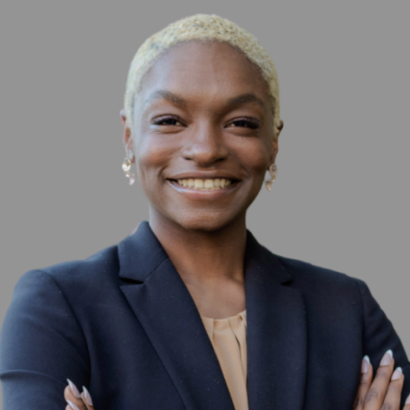
Jasmine Hughley
Mechanical Engineering PhD Student
University of California, Berkeley
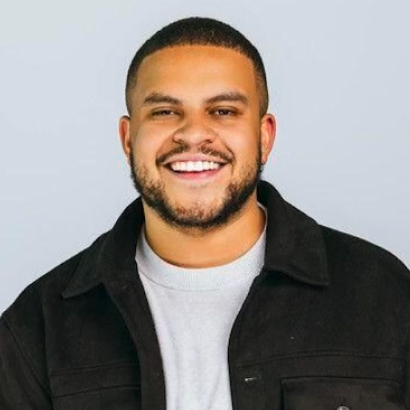
Ernest Holmes
Co-founder & President
CodeHouse
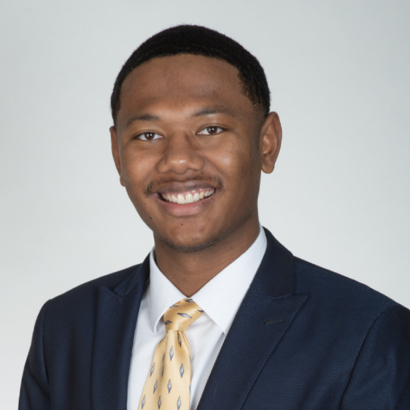
Nate Roseboro
Flight Controls Engineer
Boeing
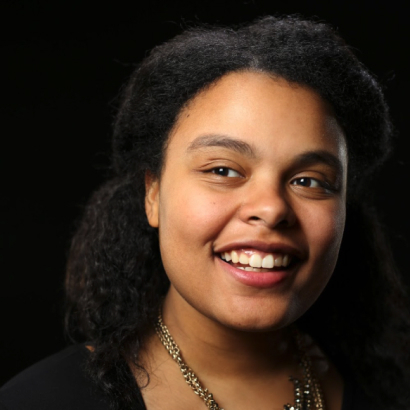
Jaycee Hermida Holmes
Professor of Interactive Media, Spelman College
Co-founder, CodeHouse
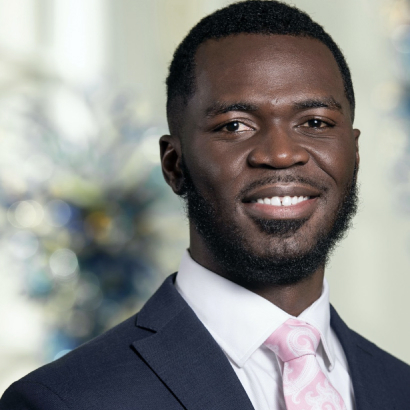
Dr. Daniel Okegbu, MBA
Lead Data Scientist
Booz Allen Hamilton
Classroom Tools & Resources
Get access to all of the presentation materials, workbooks and resources to run the 3D Printing — Medical Applications lab in your classroom.
Lab Intro Videos
Get our engineer’s introduction to the lab topic and learn more about the lab activity.
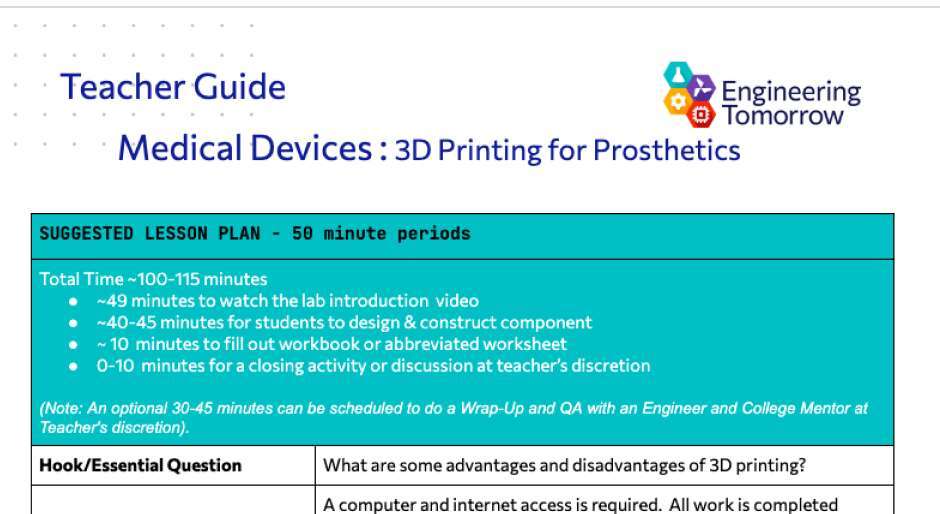
Teacher Guide
Pre-work, instructions and troubleshooting advice.
View
Student Workbook
Questions and assessments from the lab presentation.
View
Abbreviated Student Worksheet
A worksheet containing major student lab activities.
View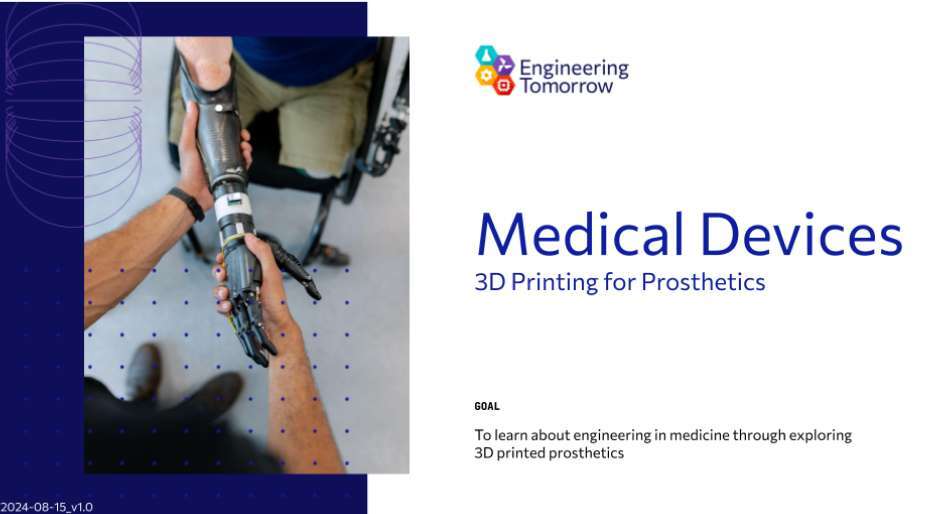
Engineer’s Presentation
Full lab presentation presented by our engineers.
ViewMeet the lab intro host

Betsy Fortman
Director of Operations & Staff Engineer
Betsy received a Bachelor of Science degree in Aeronautical and Astronautical Engineering from Purdue University. While still in college, Betsy began her career with NASA at Langley Research Center gaining almost 2 years of experience focusing on integration, design, and testing of aircraft and their control systems, such as the F-18 and blended-wing body (BWB).
Upon graduation, Betsy began working with NASA Johnson Space Center (JSC) as a Guidance, Navigation and Control System (GNC) Instructor for the International Space Station (ISS). In this role, Betsy trained numerous astronauts and flight controllers in the Part-Task Trainer (PTT) and Space Station Training Facility (SSTF) simulators.
As Betsy’s career advanced, she worked as a Boeing Systems Engineer testing the US flight software for the GNC System and became a console operator in the Mission Evaluation Room for flights 1R, 1P, 2A.2b, 3A, and 4A, 5A (Shift Lead for 5A). Throughout her career at JSC, Ms. Fortman traveled overseas helping to train astronauts and cosmonauts on the various systems of ISS and the Russian Soyuz Vehicles. She also served as Deputy of Training Operations (DTOR) in Star City, Russia.
Upon returning to the States, Ms. Fortman’s career shifted from current spaceflight operations to future spacecraft design analysis. Betsy worked as Chief Engineer of the Astronaut Office Exploration Branch tracking major design changes while assessing habitability and operability for Commercial Crew and Orion. Following her tenure at NASA, Ms. Fortman served as a consultant working with Sophic Synergistics to help integrate the human systems for Axiom Space Station.

Betsy received a Bachelor of Science degree in Aeronautical and Astronautical Engineering from Purdue University. While still in college, Betsy began her career with NASA at Langley Research Center gaining almost 2 years of experience focusing on integration, design, and testing of aircraft and their control systems, such as the F-18 and blended-wing body (BWB).
Upon graduation, Betsy began working with NASA Johnson Space Center (JSC) as a Guidance, Navigation and Control System (GNC) Instructor for the International Space Station (ISS). In this role, Betsy trained numerous astronauts and flight controllers in the Part-Task Trainer (PTT) and Space Station Training Facility (SSTF) simulators.
As Betsy’s career advanced, she worked as a Boeing Systems Engineer testing the US flight software for the GNC System and became a console operator in the Mission Evaluation Room for flights 1R, 1P, 2A.2b, 3A, and 4A, 5A (Shift Lead for 5A). Throughout her career at JSC, Ms. Fortman traveled overseas helping to train astronauts and cosmonauts on the various systems of ISS and the Russian Soyuz Vehicles. She also served as Deputy of Training Operations (DTOR) in Star City, Russia.
Upon returning to the States, Ms. Fortman’s career shifted from current spaceflight operations to future spacecraft design analysis. Betsy worked as Chief Engineer of the Astronaut Office Exploration Branch tracking major design changes while assessing habitability and operability for Commercial Crew and Orion. Following her tenure at NASA, Ms. Fortman served as a consultant working with Sophic Synergistics to help integrate the human systems for Axiom Space Station.
WHY ENGINEERING TOMORROW

Labs are always conducted with no cost to schools, teachers or students.

Hands-on student activities get students excited and keep them engaged.

Cutting-edge instruction designed by professional engineers.

Unlock opportunities for kids all over the country.










